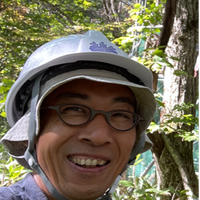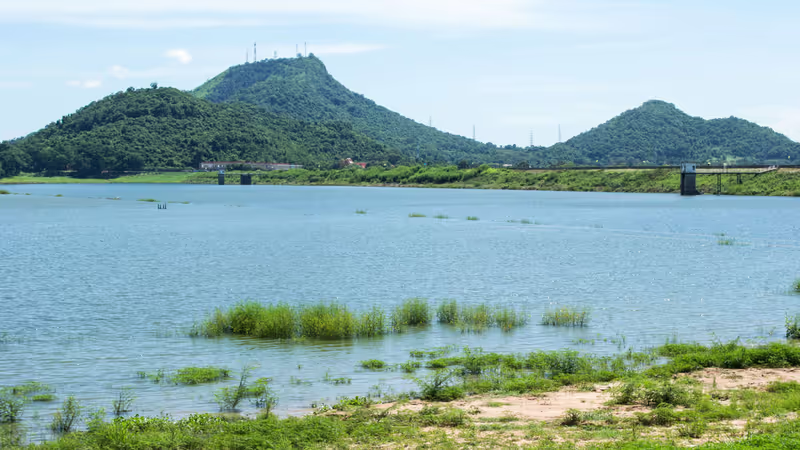| Student: | |
|---|---|
| Timeline: | April 2017 - 9 April 2021 |
| Sources of funding: | * The project has received funding from the European Union’s Horizon 2020 research and innovation programme under the Marie Sklodowska-Curie grant agreement No 721995 * Working with Aerovision BV as the E.S.R. no. 10 of the TRUSTEE network (trusteenetwork.eu) * Members of TRUSTEE network: 9 academic and research institutes (Italy 2, Spain 2, Germany 2, United Kingdom 1, Belgium 2) and 3 companies (Netherlands, France, Italy) |
The goal of this research is to use passive hyperspectral remote sensing for vegetation stress detection in agricultural crops. Vegetation stress is known to affect and block the plant’s metabolism, growth and development. For this reason, changes in specific plant traits can be an indicator of stress, and detecting these changes in traits can help diagnose potential stress factors in an early stage.
Crop models are able to simulate the development of agricultural crops based on weather, soil, crop and agro-management information. They can predict the final yield and also provide time profiles of major crop components such as leaves, roots, stems and grains and therefore, their use is promising in the domain of stress detection. One of their problems is their accuracy due to the weather and model uncertainty but, using remote sensing data assimilation can reduce those issues.
Radiative transfer models can describe the link between plant traits and leaf/canopy spectral reflectance and thus, using this kind of models can help us link vegetation stress and changes in the reflectance. One of their main disadvantages is that they can estimate the same reflectance spectra based on different combinations of input parameters. One way to overcome this problem is to use prior information for our retrieval.
With this research we expect to answer the following questions: 1) how different levels of nutrient and water stress change the plant pigments and structural traits of the potato crops, over time 2) what is the impact of these changes on the top of the canopy reflectance of the crop 3) how to combine and use a radiative-transfer and a crop model for early detection of vegetation stress.
We will use the SCOPE model to create time series of retrieved vegetation properties from reflectance measurements in different stages of the crop development. Based on the time series of the retrieved properties, the difference between the stressed and non-stresses crops and subsequently the difference in the top of the canopy reflectance will be identified. Finally, a crop model will be combined with SCOPE to simulate the crop growth, for early stress detection and to investigate how the crop development and production is affected due to vegetation stress.




